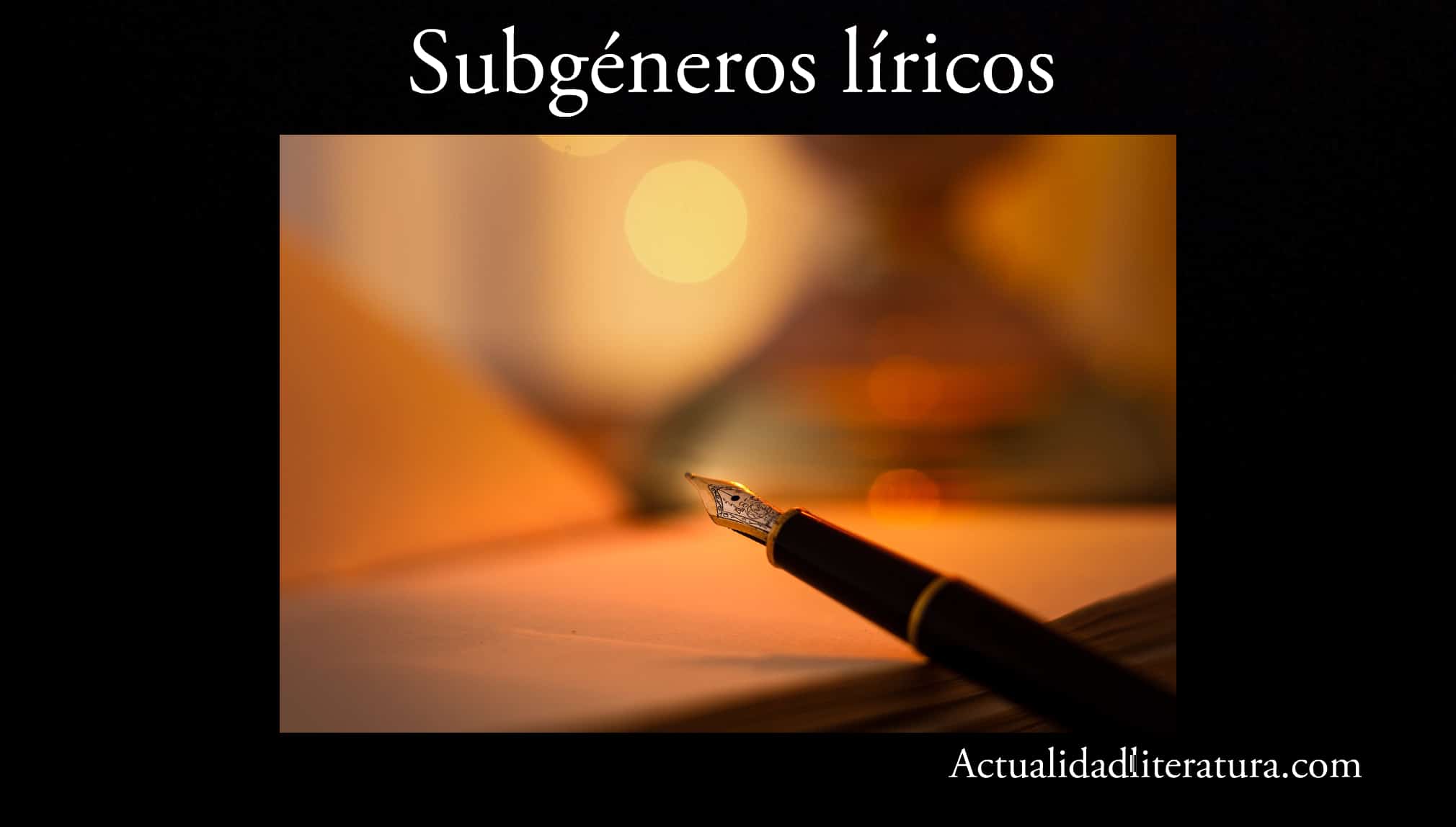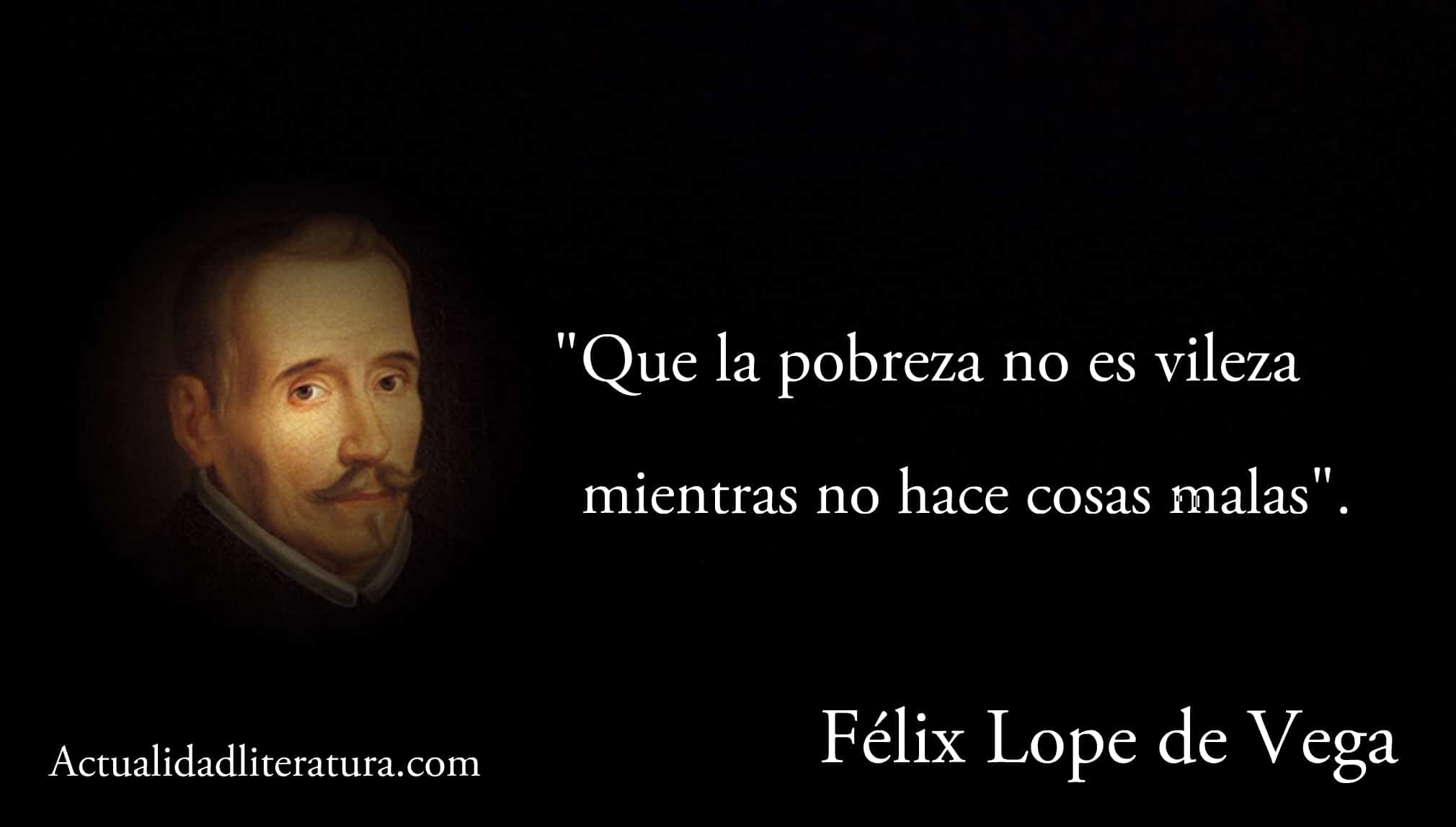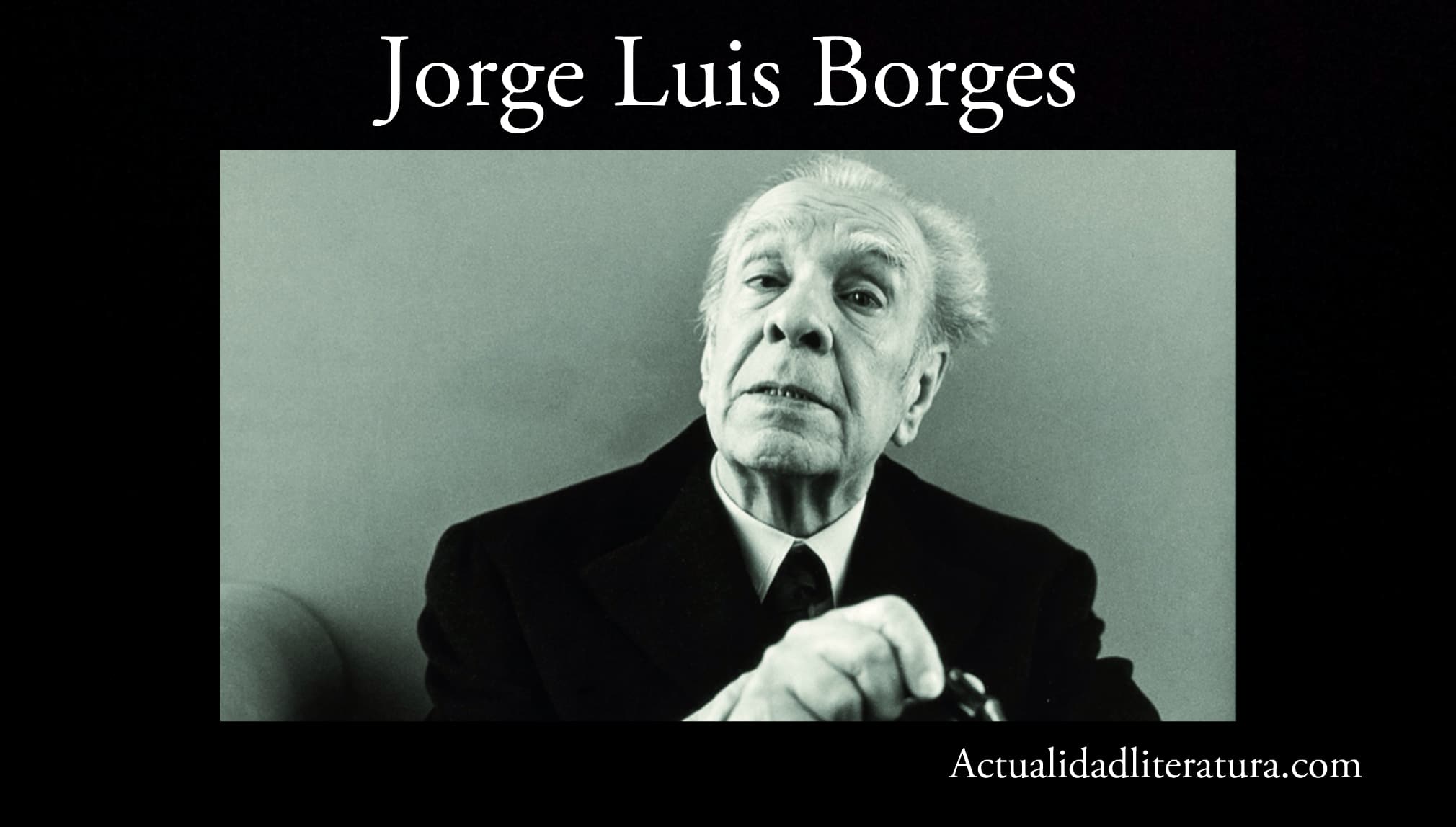
Lyrical subgenres.
It is called "lyrical subgenres" to the categorizations of texts characterized by the expression of the "poetic self" of the writer. These are grouped - according to the length of their stanzas - in major poems and minor poems. Likewise, it is relevant to take into account the type of existing rhyme and the number of metric syllables present in each of them.
According to the aforementioned, the most common form of composition within the lyrical genre is the poem, and this, in turn, is expressed through verses. It is necessary to note that prose poetry should not necessarily be dismissed. Remember that what is truly substantial in the lyric is the depth and resources used by the author to convey his feelings.
Major poems
As said, its main quality is the length of its stanzas. Among the most common, the following stand out:
The song
It is a type of expression — almost always — in verse created to be enunciated as part of a piece of music. The greatest boom in lyrical song occurred during the Middle Ages at the hands of innovative poets such as Francesco Petrarca (1304-1374) and Lope de Stúñiga (1415-1465).
Over the centuries, lyrical singing has evolved into different manifestations of a group nature (usually integrated with the dramaturgy). Among them: the choir, the orchestras and the opera. These are usually represented by tenors, sopranos and singers whose main feature is the depth of their voices.
The anthem
The hymn a lyrical subgenre closely related to the song (due to the similarity of interpretive styles). However, it differs from the latter in the way it exalts patriotic or religious motives. In fact, in ancient times they were a common way of praising deities.
Today, the National Anthem is part of the national symbols —Together with the flag and the national shield— of all the nations of the world. Even those states not recognized internationally usually have their own National Anthem.
The elegy
It is a lyrical manifestation closely linked with feelings of lamentation, melancholy, longing and idyllic memories. Therefore, Elegies are motivated by the loss (material, emotional or spiritual) of a loved one. In the same way, they are linked to other lyrical subgenres (the song, for example).
The elegy is a form of lyrical expression established in Ancient Greece. The Hellenes defined it by the so-called elegiac meter. These were constituted by the alternation of hexameter verses with pentameters. Since then, the elegy has transcended practically every historical and political moment in Western civilization.
Eclogue
The eclogue is a lyrical expression constructed through dialogue between two or more people. Usually, This subgenre is manifested in theatrical works set in the countryside, where the action runs with the conversation between two shepherds. Most of the best-known eclogues consist of a single act and became very popular in Europe during the Renaissance era.
The ode
The ode is a type of poem loaded with deep reflection where the qualities of a person, object or place are exalted. This type of lyrical expression was very common in works dedicated to gods of Ancient Greek mythology. In the same way, it served to praise the military victories or the beauty of the Hellenic places (or of some characters).
Then, During the Middle Ages the ode was again in vogue thanks to intellectuals such as Fray Luis de León. What's more, the current anthem of the European Union is the Hymn to Joy composed by Ludwig van Beethoven (Symphony No. 9). Who, in turn, was inspired by Ode to Joy (1785) by the German poet Friedrich von Schiller.
The satire
Satire is a lyrical subgenre whose validity has been perpetuated to the present day due to its burlesque poems and scathing phrases. Its origin dates back to Ancient Greece. Even if, the most remembered satires in the Castilian language were created at the end of the Middle Ages.
Likewise, satire became an "accepted" way of criticizing society and the established order. For this purpose, the most used resources in satire are sarcasm and irony, whether in prose or verse. These features are evident in two great authors belonging to the so-called Spanish Golden Age:
- Lope de Vega
- Francisco Gomez de Quevedo

Phrase by Félix Lope de Vega.
Minor poems
Following the order of the ideas raised, the compositions of lesser extension continue. They stand out:
Madrigal
Some scholars consider the madrigal as a variant of the song. Nevertheless, the madrigal presents very specific guidelines that differentiate it from other lyrical manifestations. Among those, the most relevant is that its number of verses cannot be greater than fifteen. Furthermore, these, metrically, must be heptasyllables and hendecasyllables.
Therefore, they are short compositions with themes related to love or pastoral dialogues. One of the most significant examples of the madrigal in the Spanish language is Madrigal to the tram ticket of the Spanish poet and playwright Rafael Alberti.
The epigram
It stands out for its witty, sharp and biting style, hence it is considered very similar to satire. However, it differs from the latter by being shorter (usually consisting of two verses) and enunciating a single transcendental sentiment. The epigram originated - like most lyrical subgenres - in Ancient Greece, its word means "to overwrite" (in stone).
The Hellenes used to place them at the entrances of important buildings or at the base of statues and mausoleums. Their purpose was to commemorate a historical event or celebrate the life of a person. Later, the epigrams on the tombstones were renamed "epitaphs." However, some epigrams were written in order to reflect some concerns of the time.
Haiku

Jorge Luis Borges.
It is a type of traditional poetic composition from Japan. It is characterized by its themes of exaltation of nature and its structure of three verses of five, seven and five syllables, sequentially, lacking in rhyme. Among the best known haikus in Spanish are the 17 included in the book The amount (1981) of Jorge Luis Borges. It is also necessary to mention the book Haikus Corner (1999) by Mario Benedetti.
Other known lyrical subgenres
- The letrilla: it is a short poem with a chorus whose purpose is to be sung.
- Epitalamio: short lyrical composition written for a wedding.
- Escolión: lyrical manifestation of short length, created in an improvised way in the middle of banquets or parties of Ancient Greece, recited by one or more singers (who take turns). It is characterized by its word games and the introduction of elements such as riddles.
thanks you helped me a lot